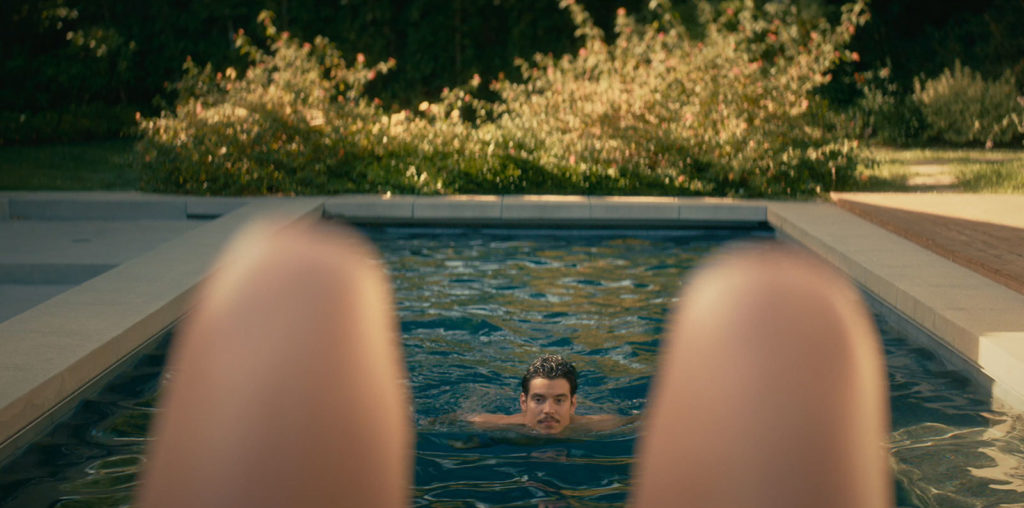
John Else spoiled his new documentary, “Wonders are Many,” 26 years ago. In 1981, Else made the great “The Day After Trinity,” a suspensful and gripping combination of footage and interviews about J. Robert Oppenheimer and the creation, testing and aftermath of the first atomic bomb in Los Alamos, New Mexico. His new film, about the making of a modern opera on the same subject called “Dr. Atomic,” feels superfluous by comparison.
The film oddly attempts to combine the backstage production footage with history-lesson segments featuring voice-of-god narration by Eric Owens. While skillfully crafted, the two stories never quite mesh, and neither go deep enough to work on their own.
The opera’s director, Peter Sellars—not to be confused with the late, great actor—is almost a satire of himself. He delivers lines like “We’ve heard it all before, but we haven’t heard it yet” and demands that his actors remember that it’s 1945, and not to think of themselves as people from the past.
To create the script, Sellars pastes cutouts from various documents and news stories to decide what to include, then gives the resulting book to composer John Adams, who edits the material and scores it. After that, trained opera singers perform these decidedly non-poetic phrases with pristine voices. Some of it’s silly, but some of the music works, including an arrangement that creates an effective clock simulation, and the simple shot of the conductor provides a simple closure for the film. But that’s really all there is to the story. When a last-minute casting change comes up in the final week of production, it seems silly to make much of a deal out of it—we hardly know the actors anyway.
In all likelihood, more people will see this movie than see the opera (and I’m not sure all that many people will see the movie). So it seems silly to graze over so much of its content in favor of historical background information. Other than a scientist discussing his initial fear of a nuclear attack on Sept. 11, 2001, nothing is said that wasn’t available to Else in 1981. I suspect that Else became involved in this project because he saw the opportunity to revisit the subject that fascinated him so much a quarter of a century ago. Someone should have told him there was no need, because he captured it perfectly the first time around.
